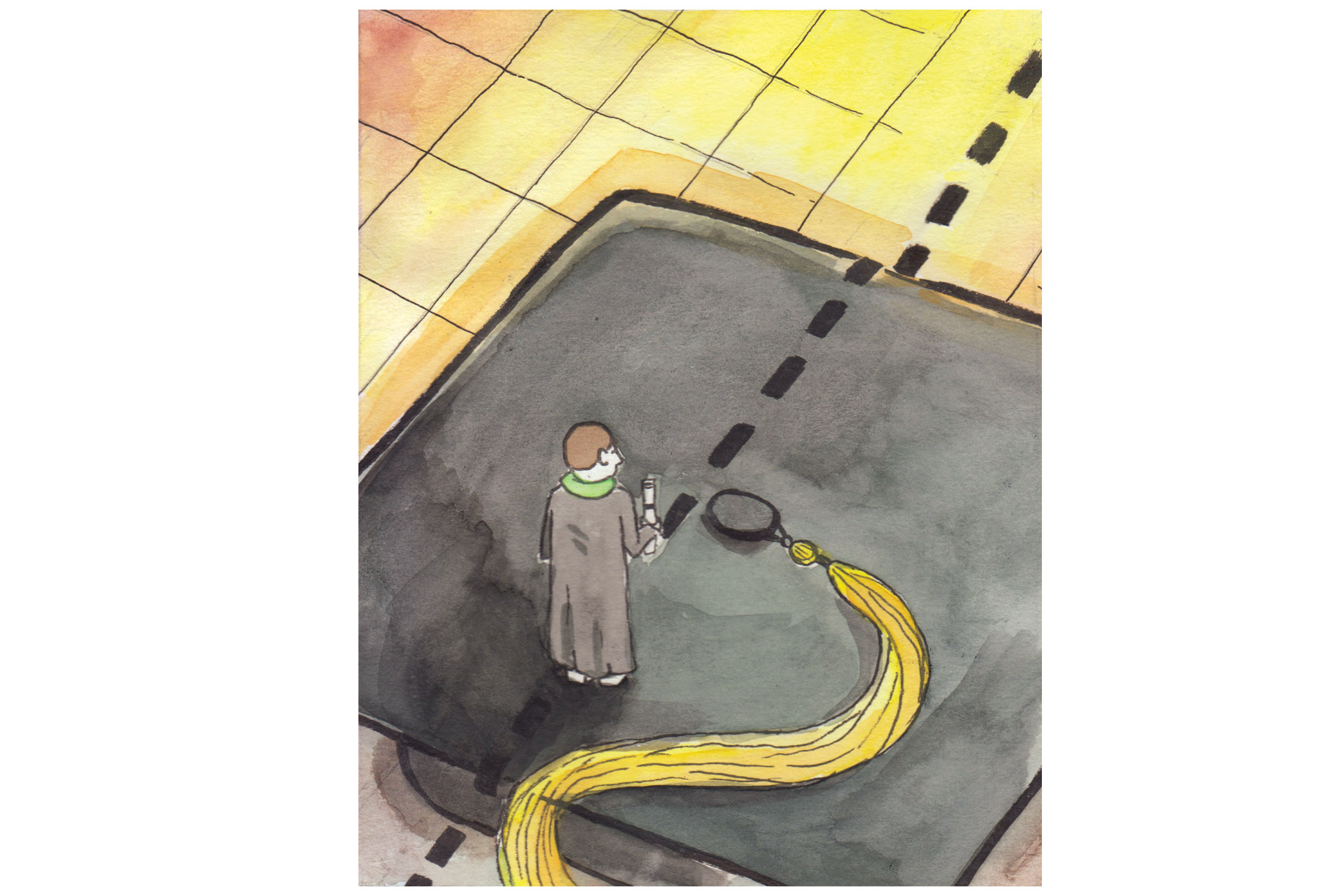Non-fungible tokens (NFTs) are apparently worth millions of dollars, as illustrated by the artist Beeple, the phenomenon seems to be creating a fervor in people ranging from academic economists to internet posters. Let’s take a look at the history and concerns regarding the recent aesthetic phenomenon.
First, it would be helpful to know what an NFT is. The precursor to the NFTs we’re seeing today are colored coins. Colored coins functioned similarly to NFTs—an added layer to a cryptocurrency—with the intent of distinguishing a particular cryptocoin from all others. However, Bitcoin’s network did not offer overt support for the add-on, making it difficult for the concept to survive in the fast-changing crypto-world.
We begin to see a closer manifestation of today’s NFTs with the products of Counterparty. Though still based on Bitcoin’s blockchain, Counterparty is the earliest large-scale producer of non-fungible and semi-fungible tokens. This original product’s first major use was circa 2015, in the mobile game Spells of Genesis. The game used blockchain technology via Counterparty to create a finite amount of collectible cards, effectively making a trading card the first cryptographic art.
Counterparty’s technology served mostly mobile games until 2016 when it was pushed to resemble contemporary NFTs by an unlikely source: Pepe the Frog. The concept of Rare Pepes debuted in 2016, using Counterparty’s technology to authenticate a Pepe’s data as “rare.” The only difference between the Rare Pepes and most NFTs today is the blockchain platform they are built on, namely Bitcoin via Counterparty versus Ethereum.
Whereas Bitcoin is primarily a store of value, Ethereum intends to be a decentralized system for smart contracts, rather than just a payment platform. Thus, Ethereum’s blockchain protocol is much more flexible, with more functionality than that of Bitcoin.
The Rare Pepe’s demand was not derived from gameplay utility—like NFTs now, they aren’t more than an image, akin to any other JPEG or PNG file, differentiated from every other image only by code. Nonetheless, there was a huge demand—a demand that preceded the creation of the token—such that in February 2017 (five months after launch), a Rare Pepe titled “My Little Pepe” sold for $3,500; in January 2018, a Rare Pepe titled “Homer Pepe” (inspired by Homer Simpson) sold for $38,500; and in February 2021, Homer Pepe sold again for $312,000.
Not everyone trusts NFTs. David Hockney, the creator of the most expensive artwork by a living artist, called NFTs the work of “crooks and swindlers.” This isn’t a very heterodox opinion. There does appear to be a hesitation in fully accepting NFTs as an art medium. Criticisms of NFTs’ high valuation tend to boil down to three points: they’re nothing more than computer code, the people interacting in this market tend to be of a tech-bro variety and their price is disproportionate to their real value.
The former concerns itself with the form of the artistic medium—a sense that an NFT is inferior to a physical product. Digital art is more accessible than conventional methods, thanks to a relatively low cost to make the art in the long run (after a higher upfront cost), with digital tools giving easier access to mass markets. In other words, since anyone with access to the internet can produce anything digital as an NFT, they serve to democratize a famously persnickety market.
So if it’s not skill, why and how is code valued as highly as it is? Unlike physical art products, where the buyer can see the minutiae done by the artist, NFTs are visually exactly like any copy made of it. The buyer does not get access to, say, the Adobe Illustrator file from which the art originates.
The superficial answer is scarcity of the product. However, considering the astronomical prices being paid, there seems to be something more than scarcity, especially when a replica can be easily procured. It is essential for the demand to be there to that extent, essential that the buyer has that money to offer—and it is not hard to find the source of this.
The crypto market cap recently surpassed $2 trillion and with it, the phenomena of decentralized finance has created tech-savvy millionaires. These tech-savvy millionaires are making big purchases. A blockchain entrepreneur purchased Beeple’s art; a crypto investor purchased Homer Pepe. In addition, by design, purchasing an NFT requires cryptocurrency—indicating that a prerequisite for purchase is a stake in the crypto markets.
Another criticism is that this is a crypto-enthusiast-driven bubble, which isn’t far-fetched. As a result of the short history of crypto markets, there continues to be volatility across crypto-concepts like tokens, currencies, etc. As far as the aggregate crypto-trend proves to be a bubble, NFTs might prove to be equally inflated, if not more so. However, just because the current prices of NFTs reflect a bubble does not suggest there isn’t staying power—famously, the internet’s origins produced a spirited bubble, and the internet is still around today.
Finally, if there is a chance of a bubble and this newfound technology has no relevant equivalents, is there any feasible way to gauge the real value of NFTs? Though we can’t determine value exactly in the current moment, we can approximate it by examining the costs and benefits that NFTs procure.
With qualification, NFTs might greatly benefit society. They democratize art production by allowing everyone to make anything and easily access a market of buyers. Furthermore, it provides digital artists a new platform for selling their creations. There are also endless possibilities with smart contracts and blockchain technology; for example, the future might include not allowing certain digital pieces to be printed without a smart contract.
However, the impact of NFTs on society is not solely positive. The most glaring negativity is the well-documented environmental damage caused by cryptocurrencies. Though it is Bitcoin and Bitcoin mining that tend to get the most criticisms.
Currently, Ethereum’s energy consumption is comparable to the nation of Denmark (population approximately 5.8 million), while its carbon footprint is comparable to Lithuania (population approximately 2.7 million). The two systems use a “proof of work” method as a mechanism to protect the legitimacy of the decentralized ledger; by design, proof of work requires a huge amount of energy, both to create new currency and to deter attacks on the network.
This is the reason that Ethereum is planning to switch to “proof of stake.” While proof of work relies on a competitive incentive by pitting miners against one another, proof of stake creates stakeholder incentives by placing a validator’s—the proof of state equivalent to miners—own currency on the line when asking them to validate the ledger. In this situation, bigger stakes put forth by the validator increases the reward, without requiring high-level energy consumption. Ethereum’s transition to proof of stake began with “Phase 0” in December 2020, with two more phases planned for the future.
What lies ahead for NFTs is far from clear. If they’re proven to be a legitimate investment, they could serve as a new platform for the computer-based work of artists. However, NFTs still need to overcome the hurdles that confront all crypto-concepts—ecological impact and social acceptance beyond technical crypto-enthusiasts, among others. Though the future does not look bleak; if the past shows us anything, it’s that NFTs will change more before they fully ingrain themselves in society.






